Christmas Sale | Up to 60% Off + Extra 10% Off(Code: CLYCRIS10 )
Christmas Sale | Up to 60% Off + Extra 10% Off(Code: CLYCRIS10 )
 0
0
Have you ever wondered why some homes can capture your attention from the moment you walk in? When you visit a newly renovated home, you will find some areas look more eye-catching than the others. This should be attributed to the illumination setting of the house. Light fixtures play an incredible role in making areas looks better and wider. Except for the brightness, you should also consider the light appearance provided by a light bulb, which is known as color temperature. Choosing the right color temperature for your lights does wonders in making your space stand out.
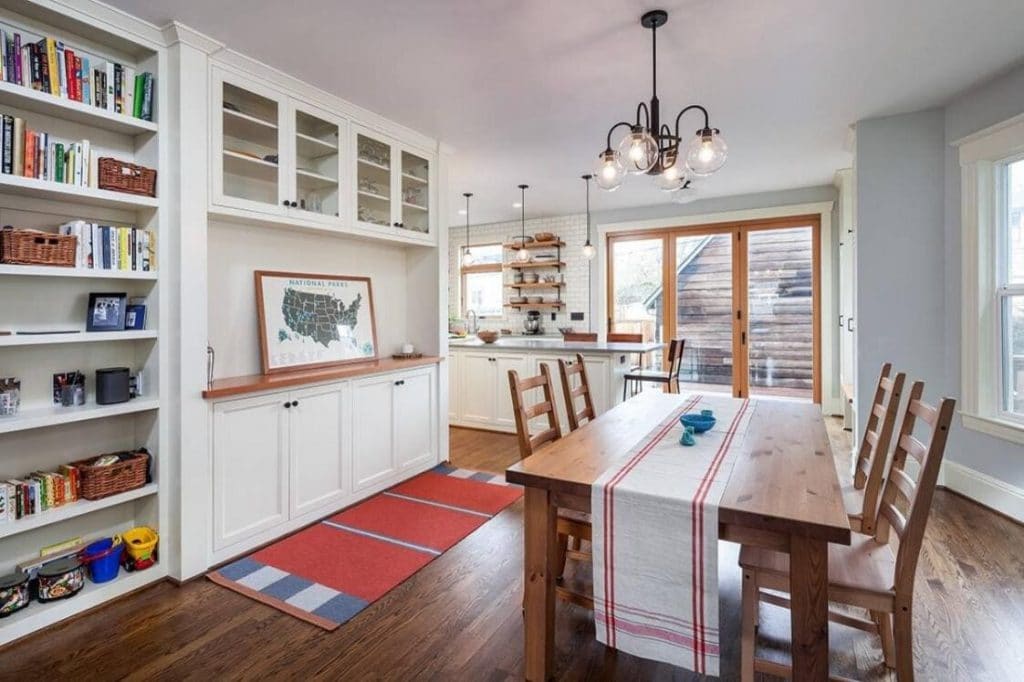
Do you remember what your art teacher told you about the impact of shadows and light on the spaces and how the corners turned better by the right type of light? This is what homeowners are implementing in their homes. There are several types of prevailing color temperatures of lights but two basic categories are white soft or daylight. If you don’t have a clear idea of the difference between them, we will help you out and share the details.
The two basic types of color temperature mentioned above are the most often used. However, most people barely understand how the color temperature of lights can make a big difference in their homes. Therefore, it is important to figure out certain facts about how these types of color temperature you use impact the room’s mood straight away.
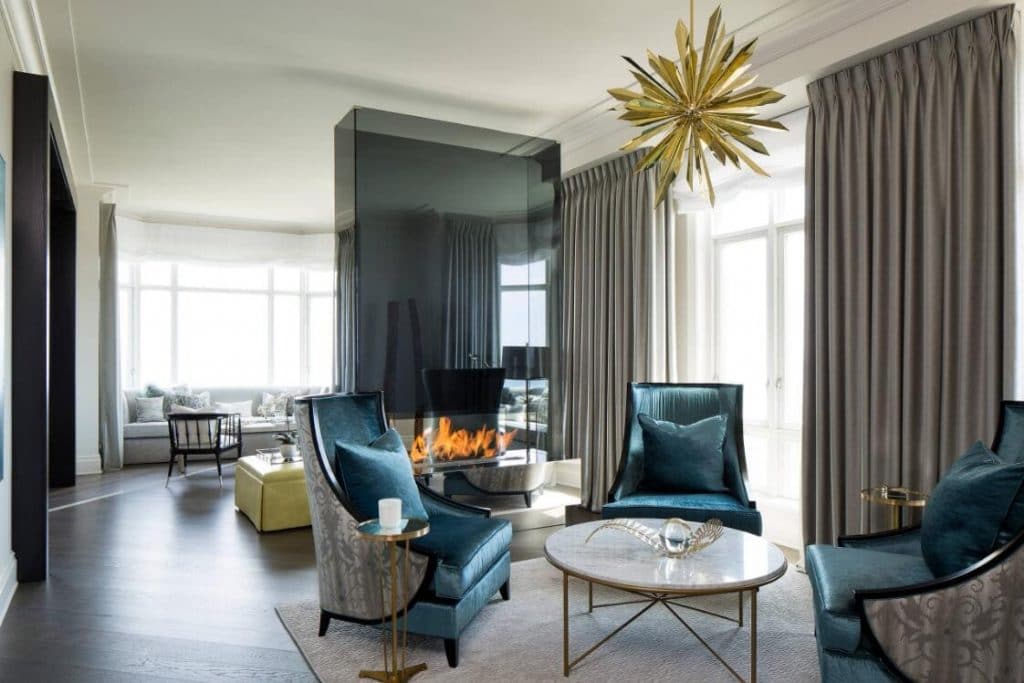
Color temperature is mostly measured in degrees of Kelvin (K) (mostly 2,700 to 6,500) along with a descriptive name like soft white and daylight.
The Soft white (2,700 to 3,000 Kelvin) is a little warmer and yellow in color, which is something like the specific glow emitted by the incandescent light bulbs. These type of light bulbs provide a warm and relaxing atmosphere and is best suited to living rooms, dens, and bedrooms.
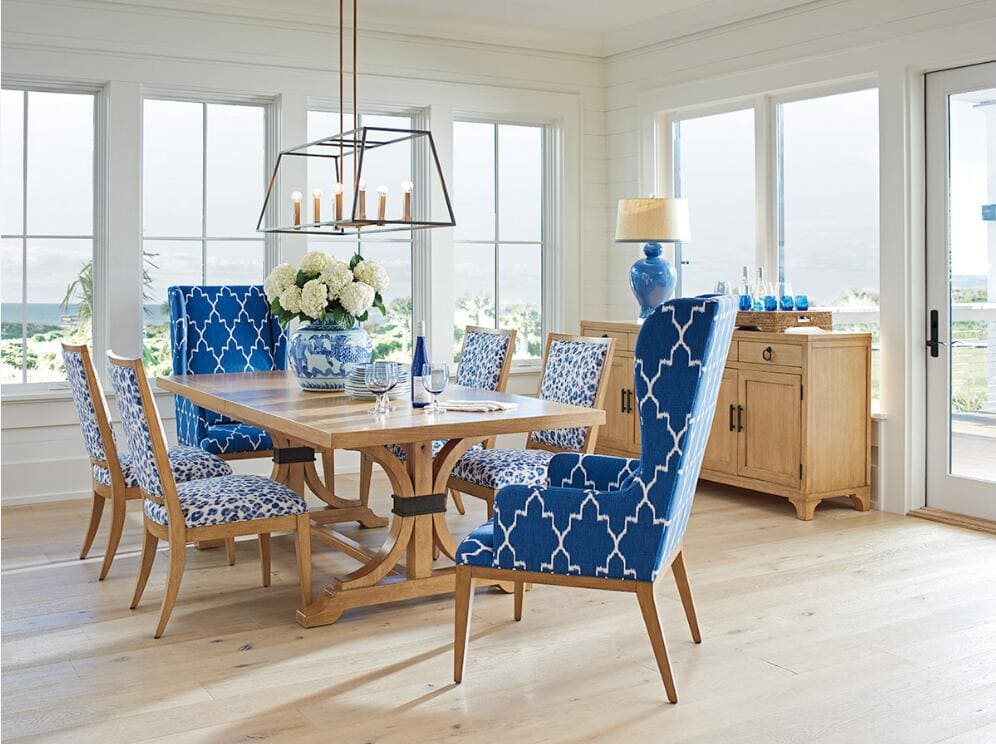
The warm white light (3,000 to 4,000 Kelvin) is more likely to be whitish-yellow. Radiating an inviting glow, these warm white light bulbs are perfect for kitchens and your bathrooms.
The next one is natural white (4,000 to 5,000 Kelvin), which is in between white and blue-toned colors with a less soft but more calming feel. Light bulbs with this type of color fit well in working areas like home, office garage, and kitchens fitted with light fixtures in chrome finish.
Have you ever seen the light bulbs that emanate man-made day white light (5,000 to 6,500 Kelvin) which has a much cooler white color? This type of color temperature will enhance the contrast for colors, making it a great fit for illuminating tasks, operations, reading, or even makeup areas.
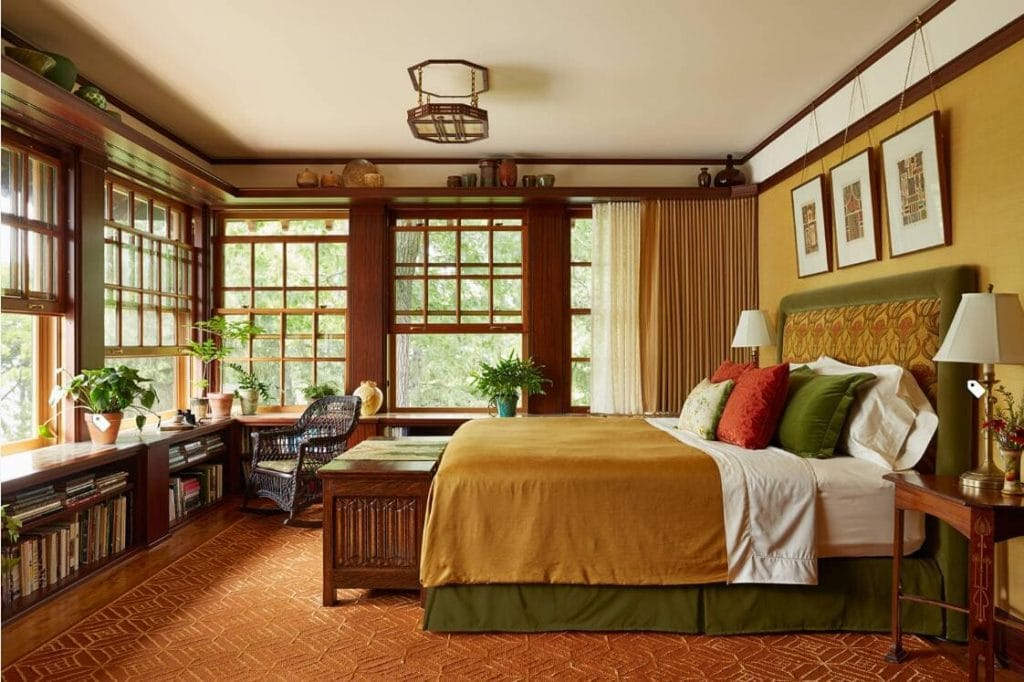
For a clearer idea, there is a need for a fair comparison between the two types of bulbs. To highlight the difference, you must see the two types in depth. This will make things clear and you will be able to make the right choice for your home.
Several LED bulb lights come with details like the soft white light or daylight and bright light or even cool white. Such details offer you a concept of what a light bulb will appear like once it is installed in your house and accommodated in the desired area. Which tone of LED light bulb you would like to have for your home is a matter of personal choice. However, you still need specific guidelines to make sure that the bulbs look great wherever you use them in your home.
Soft white light bulbs are also sometimes known as warm white bulbs. They can blend seamlessly into the spaces where you like to add an inviting and comfortable feel. These bulbs often exude a more yellowish color light as compared to that of the daylight LED bulbs. They are not those glaring lights that you require in an office, although they are not so dim either. Some homeowners pick these bulbs for areas like bedrooms or living lounge.
Daylight bulbs mimic the natural light that you can see on a clear, sunny day. Despite this, it doesn't appear as natural sunlight. This type of bulbs gives off a glaring white light or many times blueish glowing light. They work beautifully in the dim spaces like basements or rooms which have no windows. They are also best-suited to kitchens and bathrooms. It will help you see clearly as you wash the dirty dishes or apply makeup.
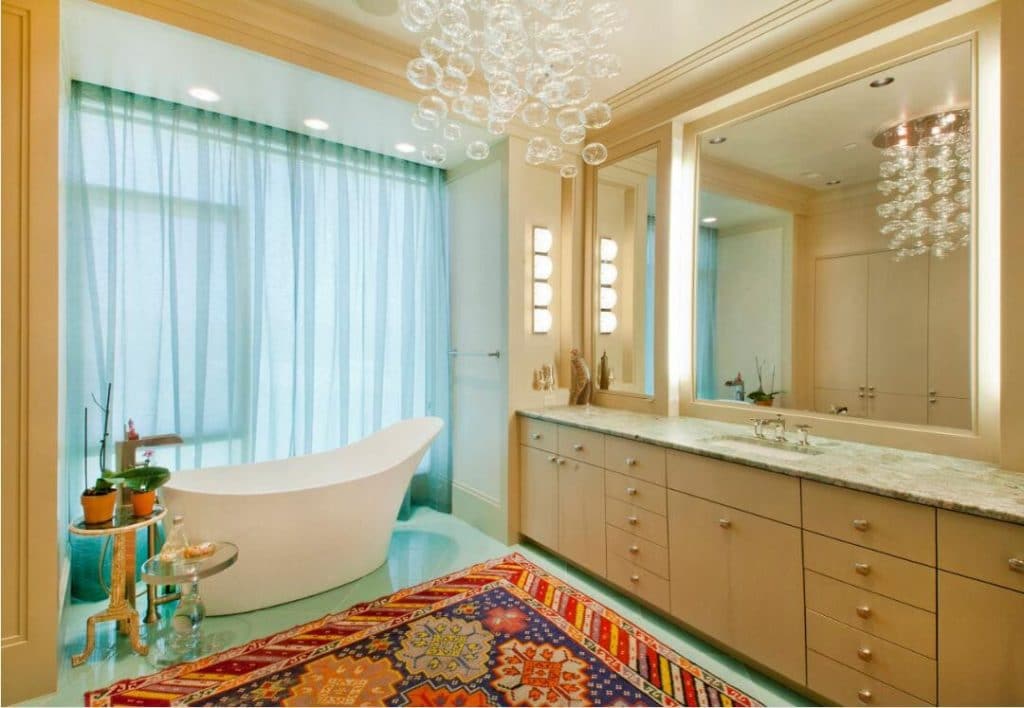
Are you still worrying about the dim light in your makeup studio? Read this post and you know how to solve the problem. This is something that you can’t overlook. When selecting light bulbs for your room, keep this in mind, think of what you usually do in that area, and pick the bulbs that suit your need. If we put it in simple words, you would need daylight bulbs beside your dressing table or vanity while you can use soft white bulbs in your bedroom. This will help you pick the right bulbs and add them to the right place.



Thanks for subscribing. Copy your discount code and apply to your order.